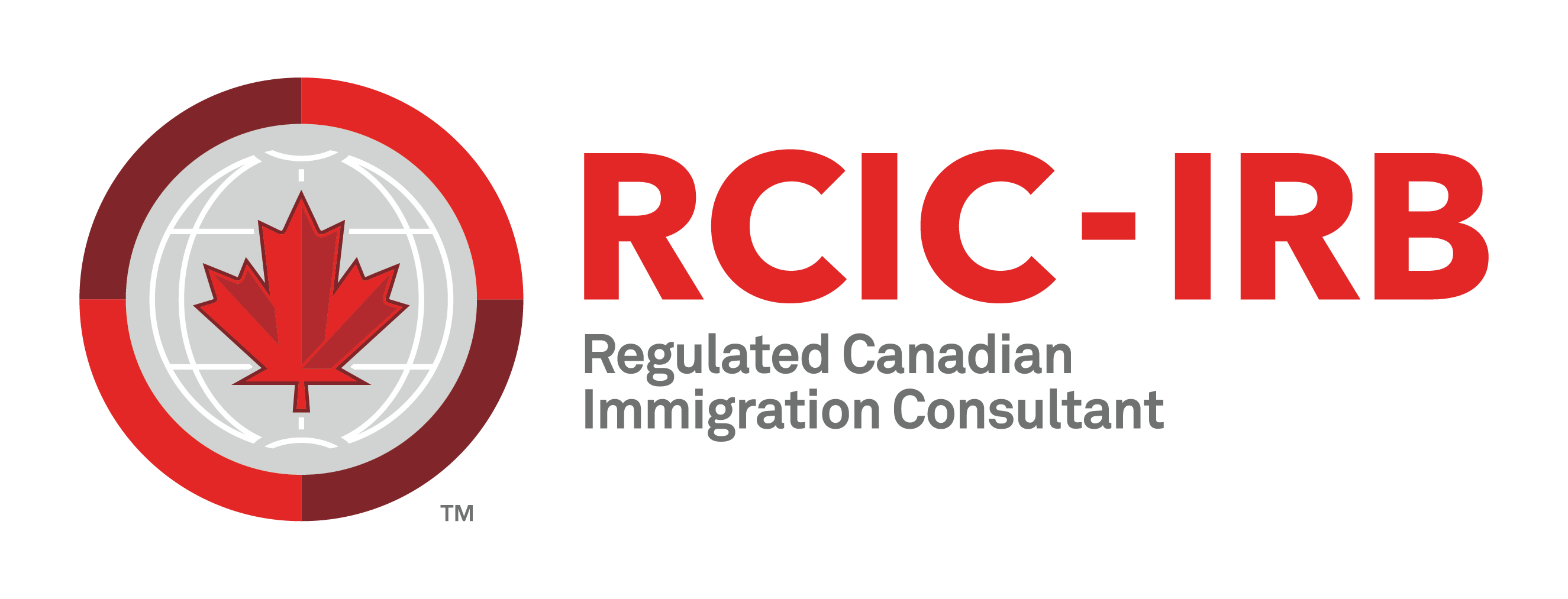Canada’s immigration system is admired worldwide, but a new wave of thinking suggests that where newcomers settle could be just as important as how many arrive. While most immigrants land in major cities like Toronto, Vancouver, or Montreal, a growing number of policymakers and economists are asking: Can we redirect immigration to support struggling towns and regions across Canada?
Let’s explore the emerging need to rethink Canada’s immigration settlement strategy and how shifting patterns could help tackle regional economic gaps.
Why Do Most Immigrants Choose Big Cities?
It’s no secret that urban centers attract the majority of newcomers. Big cities offer more than just job opportunities, they provide a sense of familiarity, established immigrant communities, better transit, and easier access to services like schools and healthcare.
In a recent government survey, immigrants listed their top reasons for choosing a province:
- Long-term livability
- Job opportunities
- Reputation of the region
- Education for themselves or their families
With major cities checking all these boxes, it’s easy to see why most immigrants cluster there. But this creates a challenge.
The Problem with Uneven Settlement
When immigrants concentrate in a handful of cities, two big problems emerge:
- Housing Demand Surges: Rapid population growth puts strain on local housing markets. Home prices and rents skyrocket, especially in high-demand cities like Toronto and Vancouver.
- Slow-Growth Regions Fall Behind: Smaller cities and rural areas continue to lose population. As young people leave for better opportunities, these communities age and shrink, weakening local economies.
Even under high immigration scenarios, studies show that Canada’s economic divide between fast- and slow-growth regions widens without targeted intervention.
A New Way Forward: Regional Immigration Programs
To tackle this issue, Canada has launched several programs to encourage newcomers to settle outside major cities:
- Provincial Nominee Program (PNP): Provinces nominate immigrants based on local labor needs.
- Atlantic Immigration Program (AIP): Focused on revitalizing communities in Eastern Canada.
- Rural and Northern Immigration Pilot (RNIP): Supports smaller towns with labor shortages.
- Francophone Immigration Targets: Aims to maintain French-speaking populations outside Quebec.
These programs now account for over half of all economic-class immigrants. And there’s evidence they’re working at least partly. For example, 93% of Manitoba’s economic immigrants in 2023 came through the PNP, helping fill local labor gaps.
The Missing Piece: Retention
Getting immigrants to arrive in smaller communities is only half the battle.
Many newcomers move to larger cities within a few years, especially if they can’t find meaningful work, community support, or social ties in their first destination. According to government data, provinces with weaker economies tend to see higher outmigration rates among immigrants, sometimes within just five years.
One solution is the “staged immigration” approach, where immigrants start with a temporary visa (like a work permit) before gaining permanent residency. This gives them time to settle in, build connections, and decide if they want to stay for the long term. Programs like the Atlantic Immigration Program are already using this model with promising results.
Can Immigration Fix Regional Economic Gaps?
Here’s the big picture: Immigration alone won’t solve regional disparities, but it’s a powerful tool if used alongside broader policies.
To make regional immigration work, Canada needs to:
- Invest in local infrastructure: roads, transit, schools, and healthcare.
- Offer faster credential recognition, so newcomers can use their skills.
- Boost employment services in smaller towns and mid-sized cities.
- Create economic incentives for industries to operate in less populated regions.
Immigrants want to thrive, not just survive. That means governments need to ensure smaller communities can offer more than just a visa; they need a real chance at success.
A Smart Shift in Canadian Immigration Policy
Canadian immigration is more than a numbers game. Where newcomers go and whether they stay matter just as much as how many arrive. For Canada to grow in a balanced and sustainable way, it must rethink how immigration can support all regions, not just the booming ones.
A smarter, more regional approach to immigration could be the key to building a more united, prosperous, and resilient Canada.
Add ImmigCanada to Your Google News Feed











Leave A Comment
You must be <a href="https://zfcanada.com/wp-login.php?redirect_to=https%3A%2F%2Fzfcanada.com%2F2025%2F06%2F11%2Fcan-regional-immigration-solve-canadas-economic-imbalance%2F">logged in</a> to post a comment.